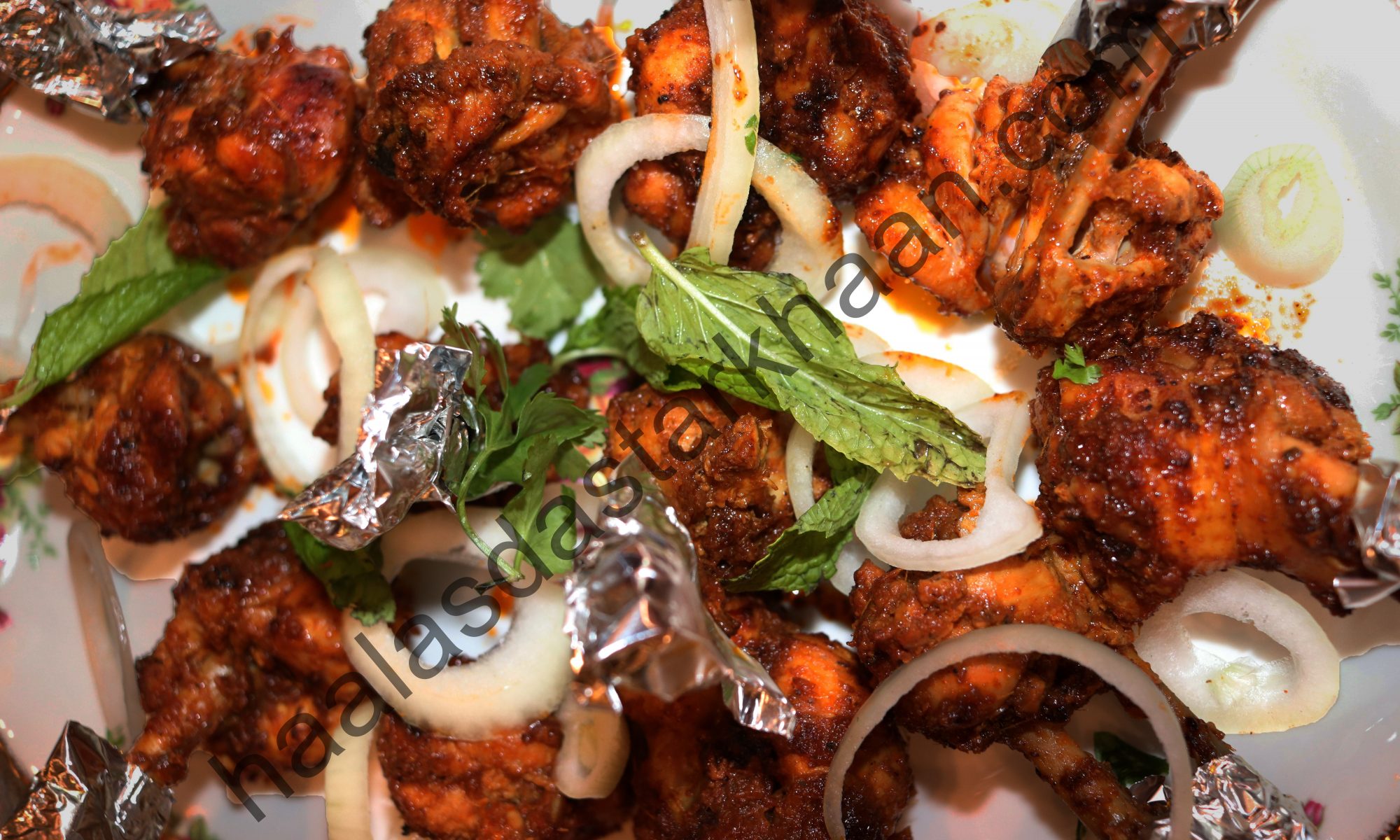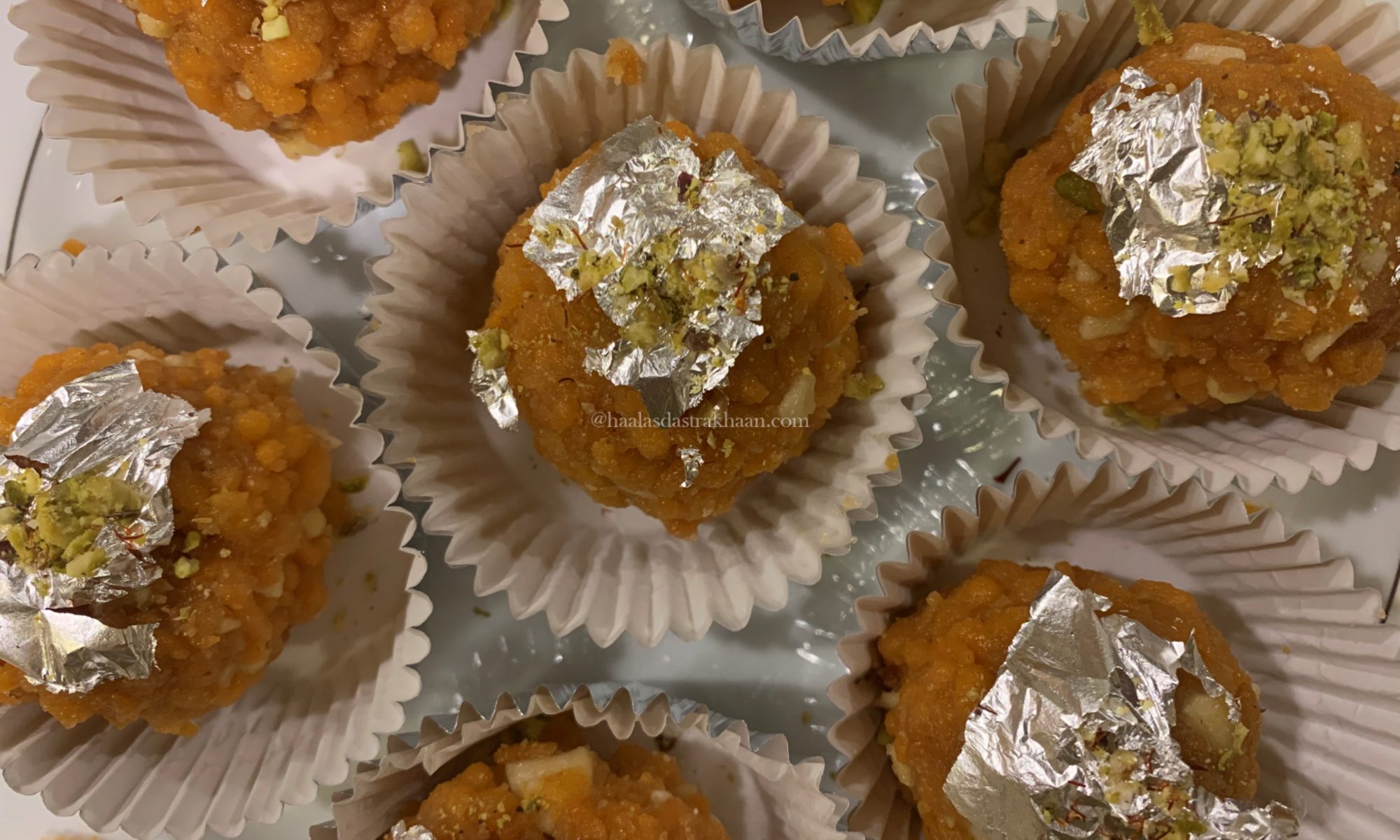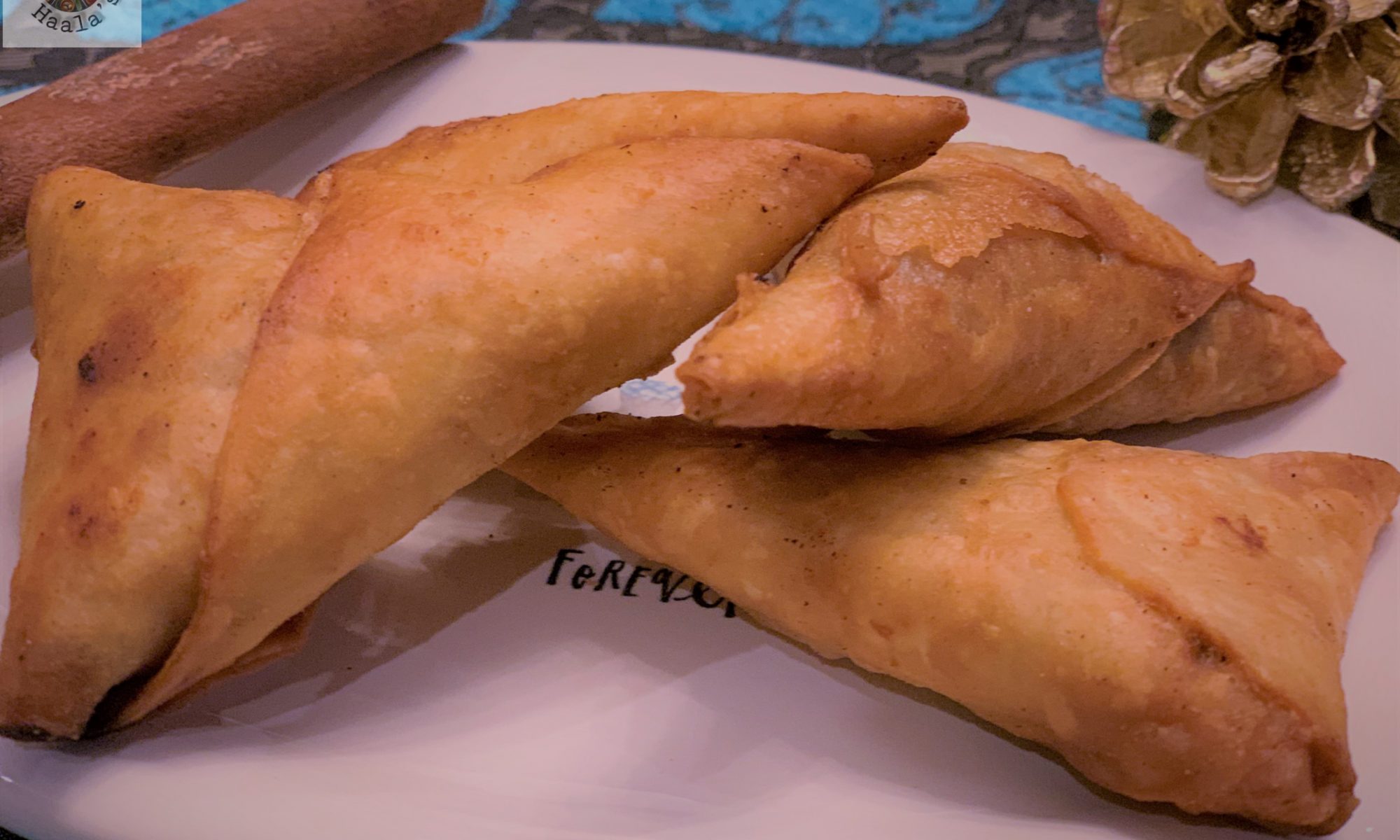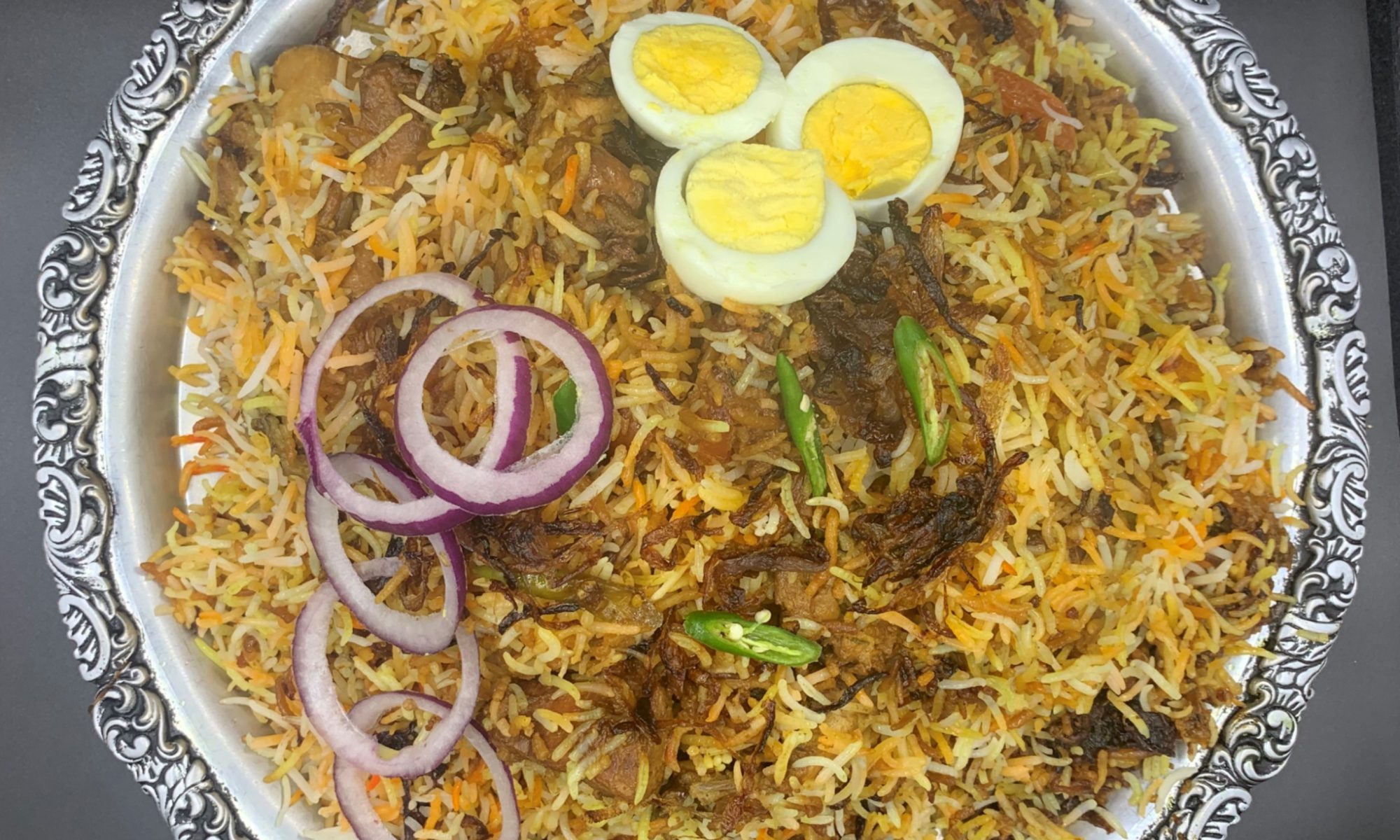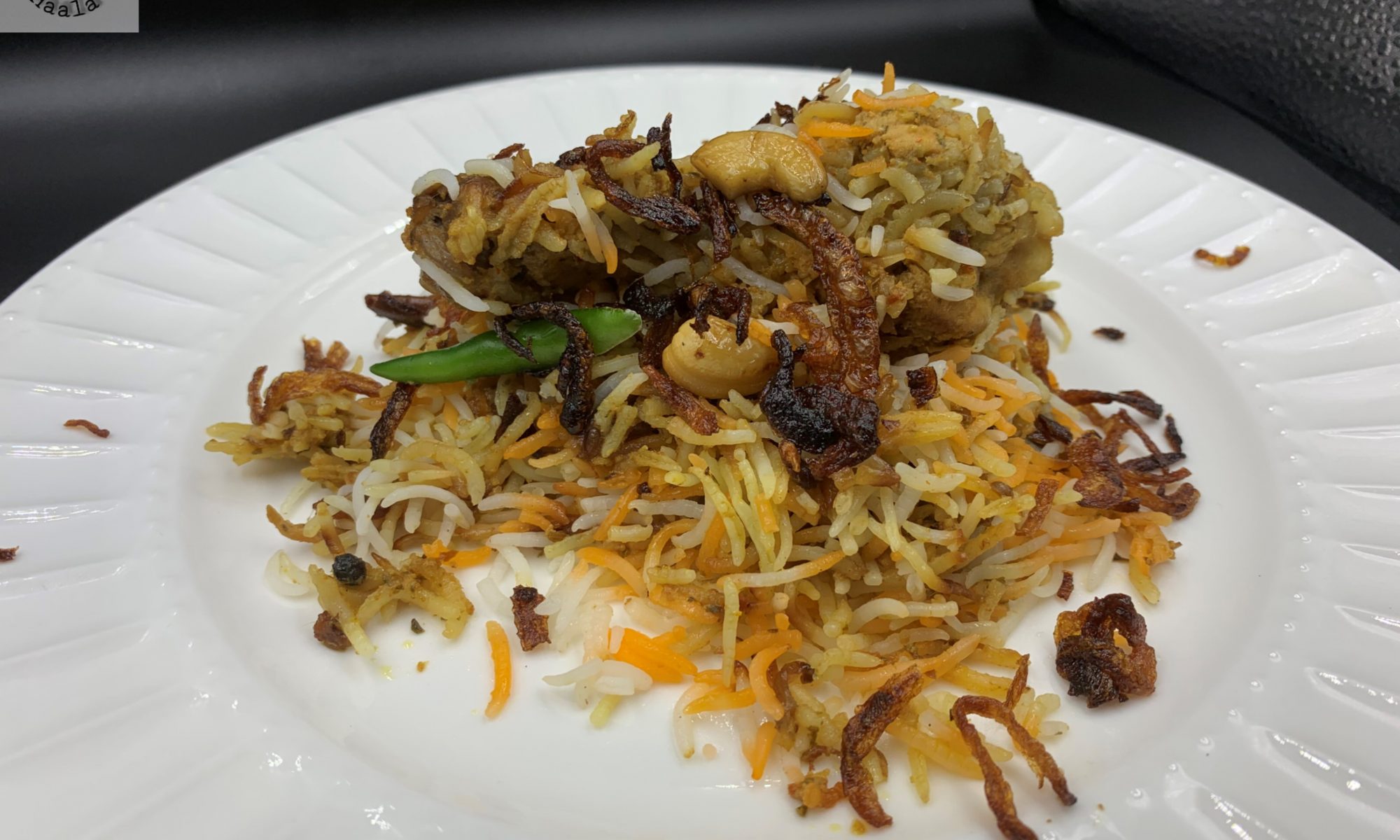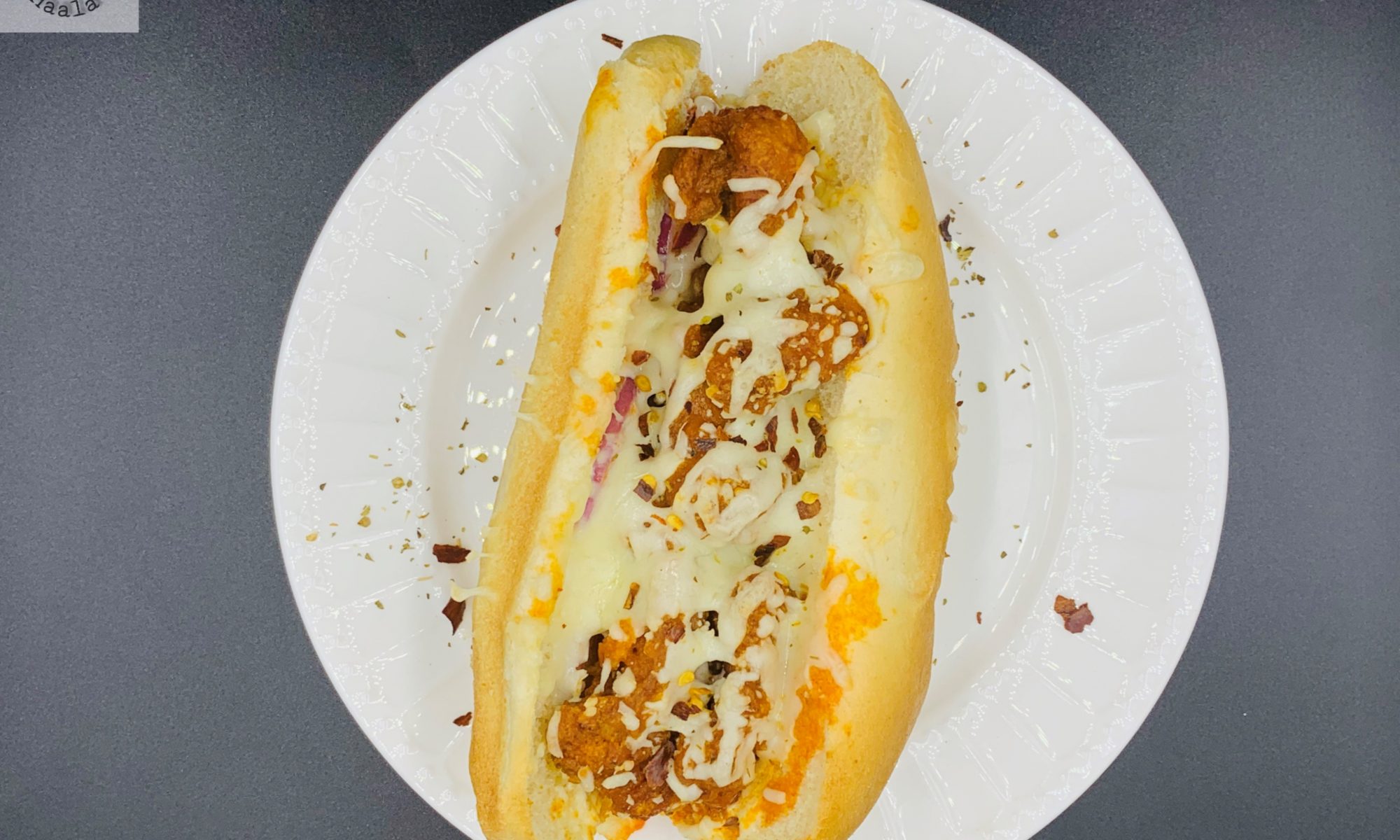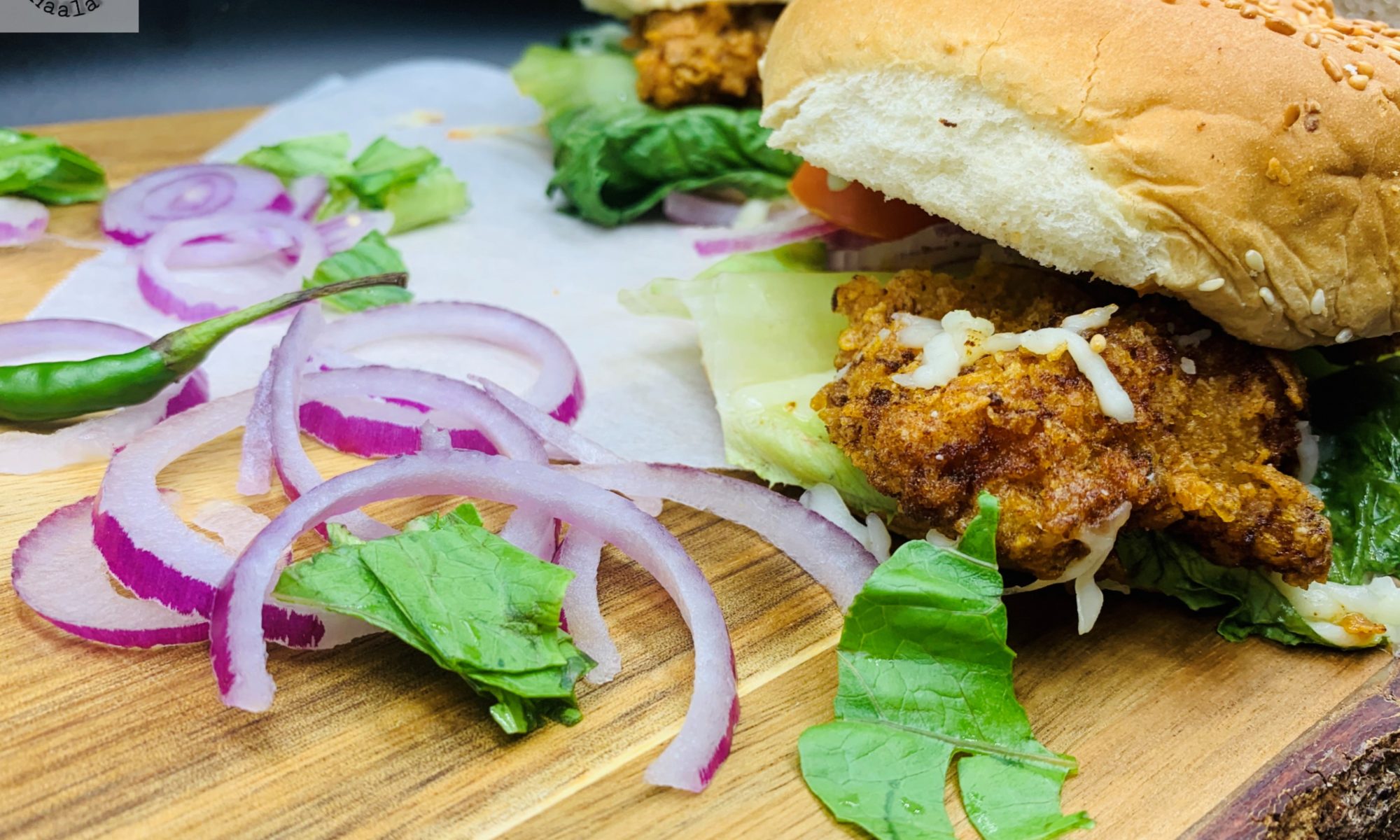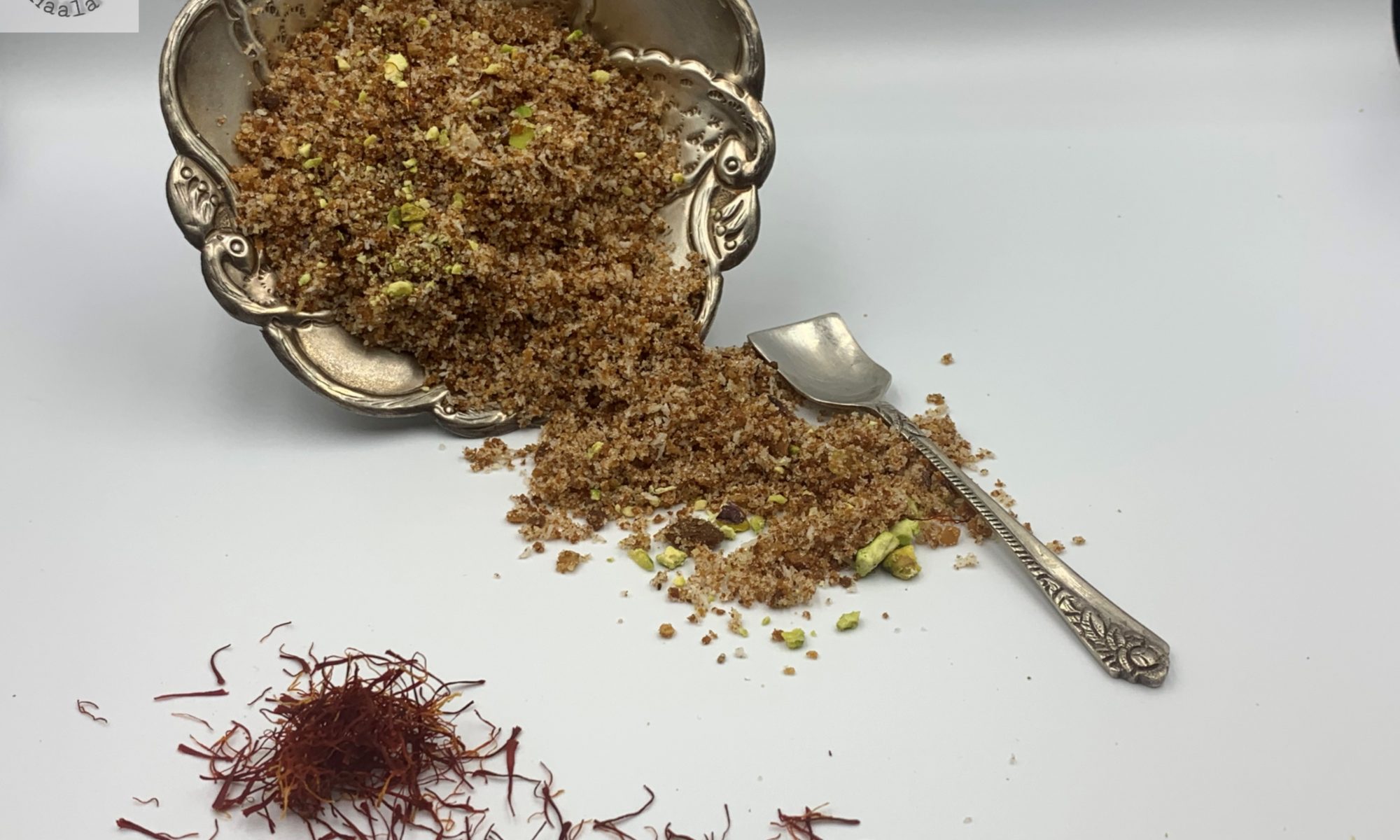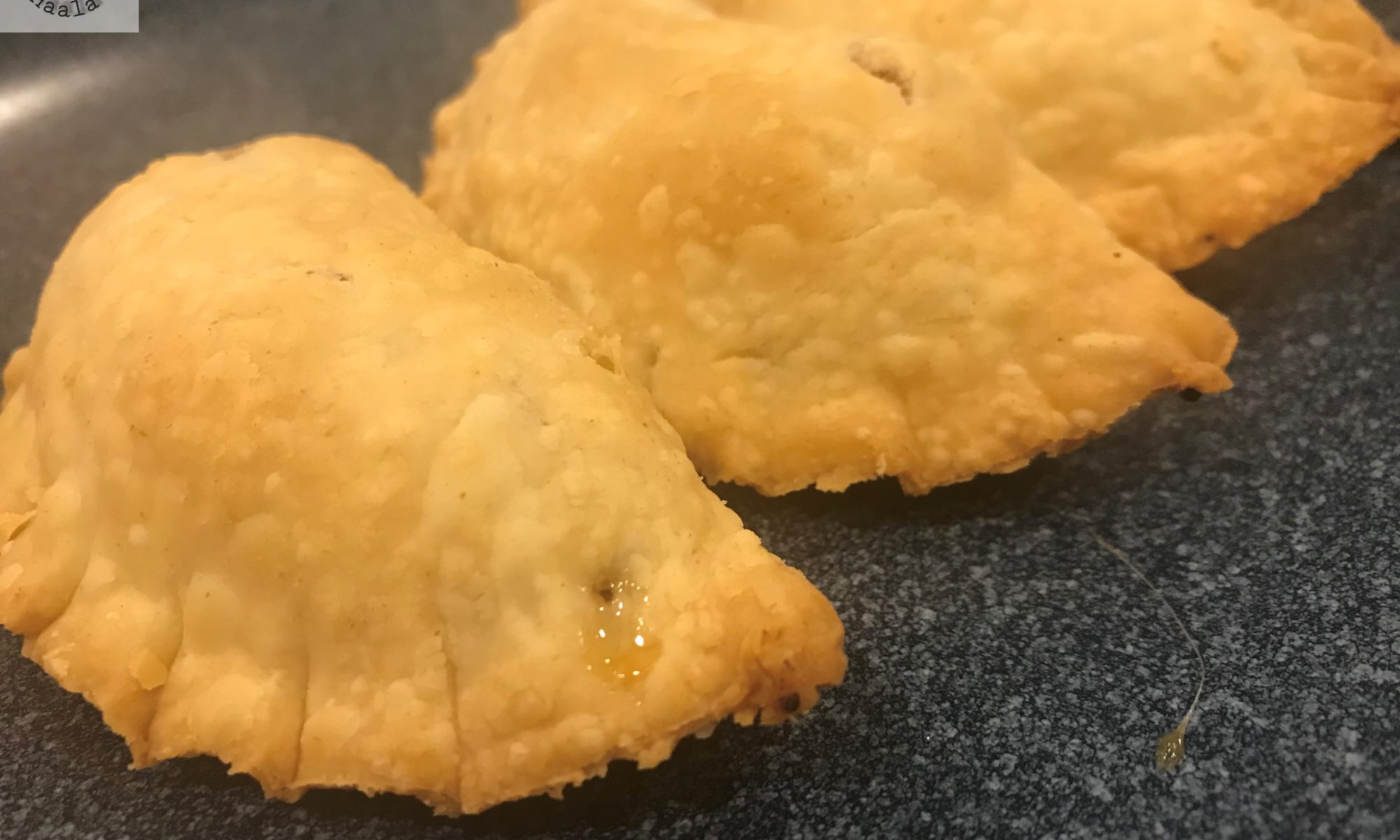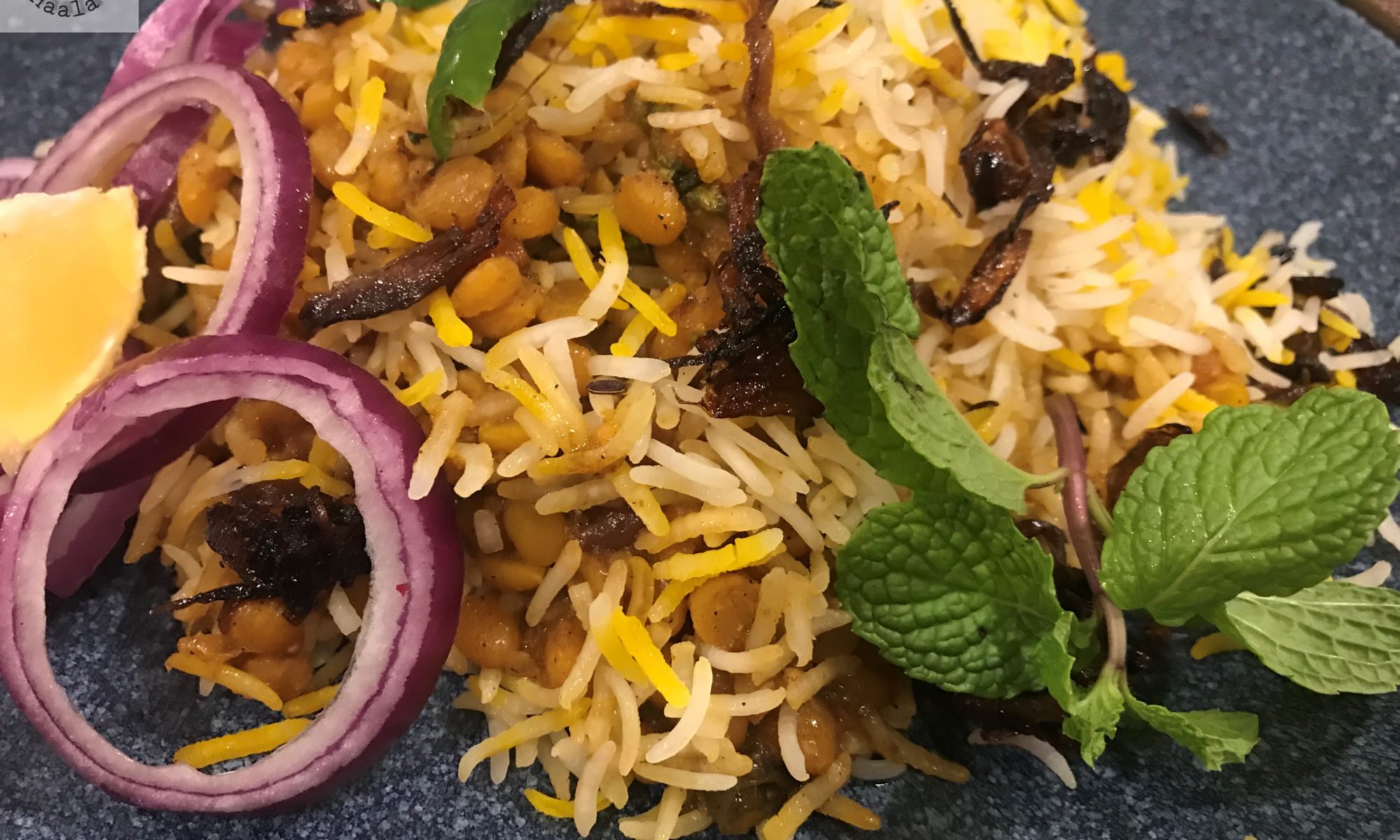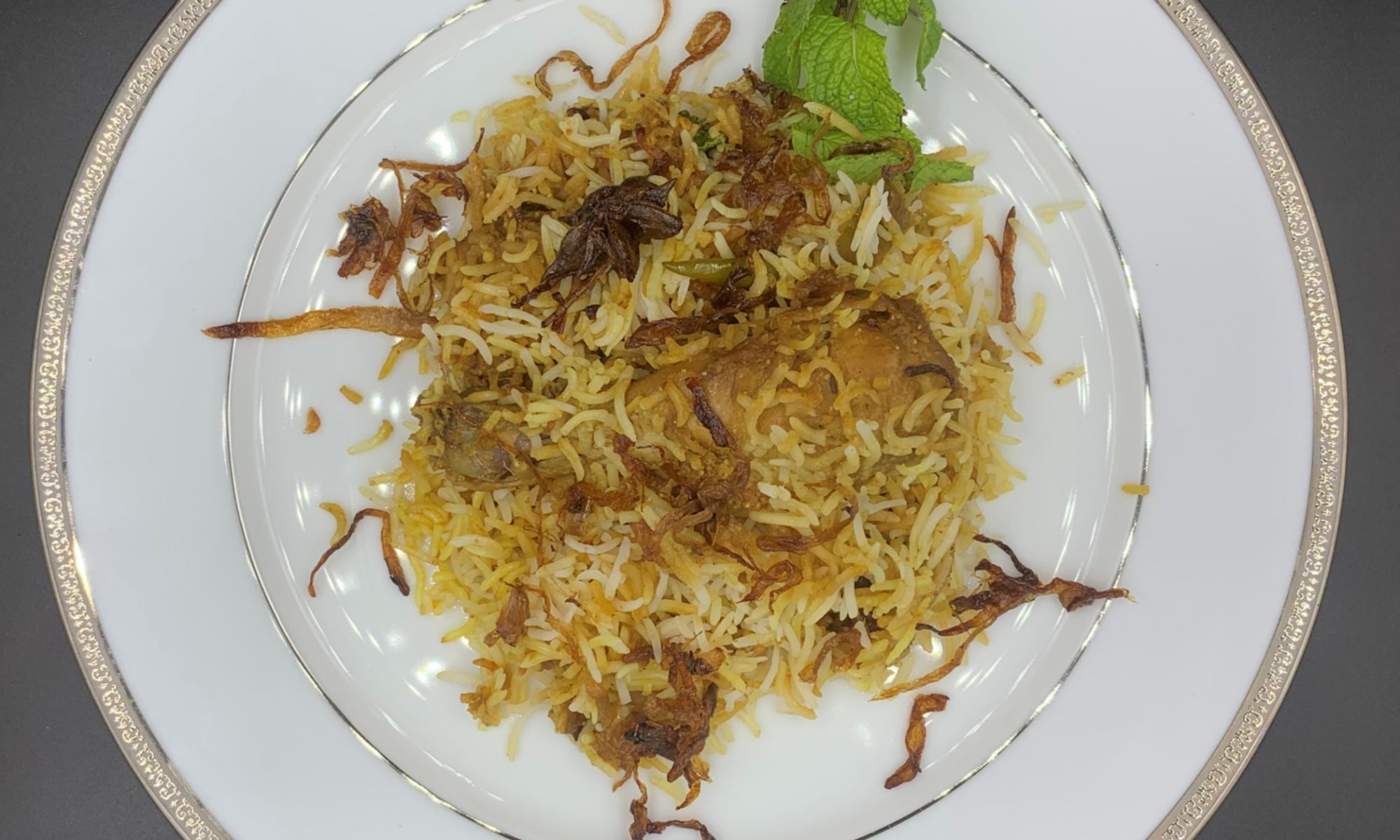Boondi Laddu is an Indian sweet. Pretty commonly made and easily available in all sweet stores, well almost. They are different from Motichoor Laddu since the boondi isn’t tiny. Motichoor Laddu has a different preparation method as well. Getting back to Boondi ke Laddu. I have a special connection with them, which I feel every kid brought up in India has. Every Independence Day and Republic day, schools in India have it mandatory for children to come to school and attend the flag hoisting ceremony along with programs that teach us the importance of freedom and also pass the information of how our freedom fighters worked together and fought to gift us a free country.
Boondi ke Laddu was a staple sweet distributed to all the kids at the end of the ceremony. Not just that, every Ramadan when the 27th Shab-e-qadar was celebrated and around that time the reading of the Quran in the local mosque, Boondi ke Laddu were distributed by my father. There were so many occasions and this sweet seemed to be the perfect thing for distribution and I have never met anyone who didn’t like them.
I never saw anyone ever make them at home but since we are all now in the USA and the Indian sweet stores here do not make these Laddus, so I had to get down and make them at home. I searched a few blogs and also some food websites, but the pictures they had and the explanation they had were more of Motichoor Laddu. See the fact is that at times you don’t want anything fancy but you just want to relive your childhood or you want to just get a taste of your country.
I tried making the Boondi Laddu a long time ago but the boondis came out long and they could not be bonded. Then during one of my visits to India, my Rakhi brother took me to a store that makes specialized ladles used for making boondis. I then tried making the Laddus again after coming to USA. Though I don’t think anything you make here can ever bring back the same happiness as being in your motherland and enjoying it since you would still miss the people you would enjoy those foods with. But as they say, you cannot fight your destiny, but you can always enjoy things that are around you and do everything that’s under your control.
These Laddus will definitely remind you of your childhood days. Though they require a little extra effort and it gets a little messy too, but it’s all worth the effort.
